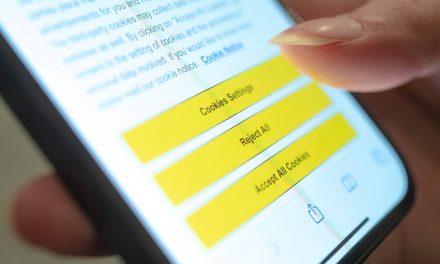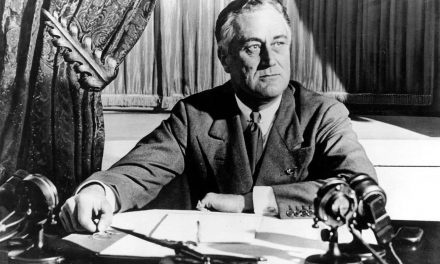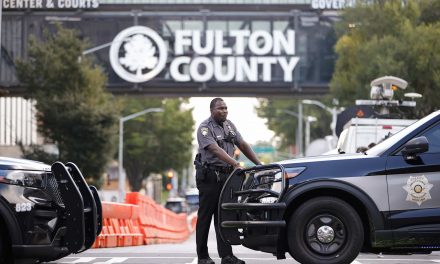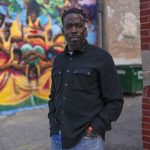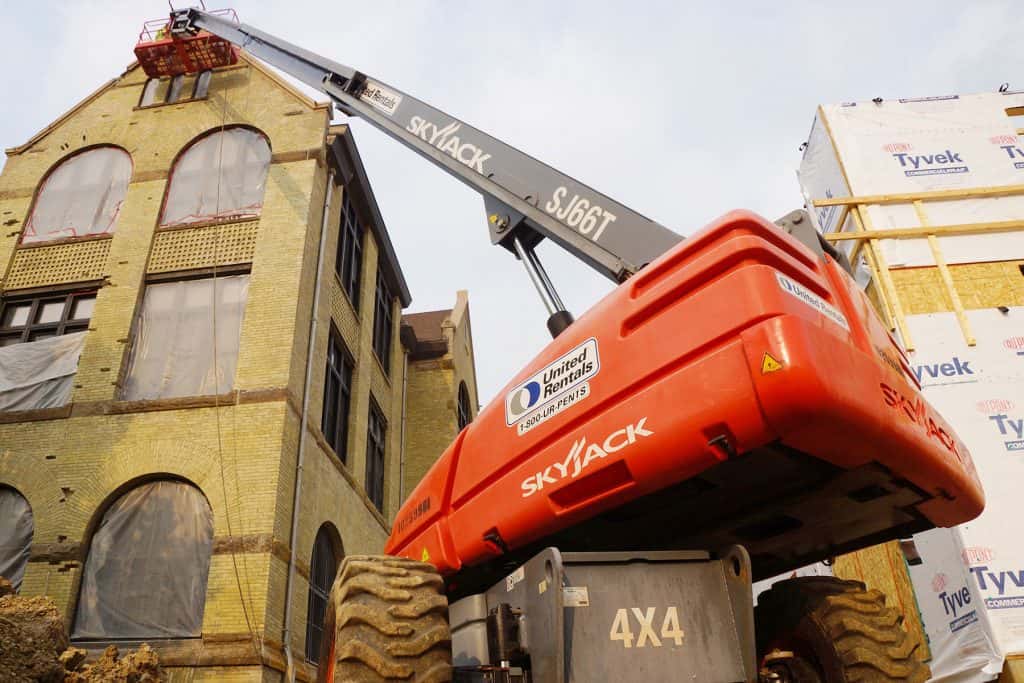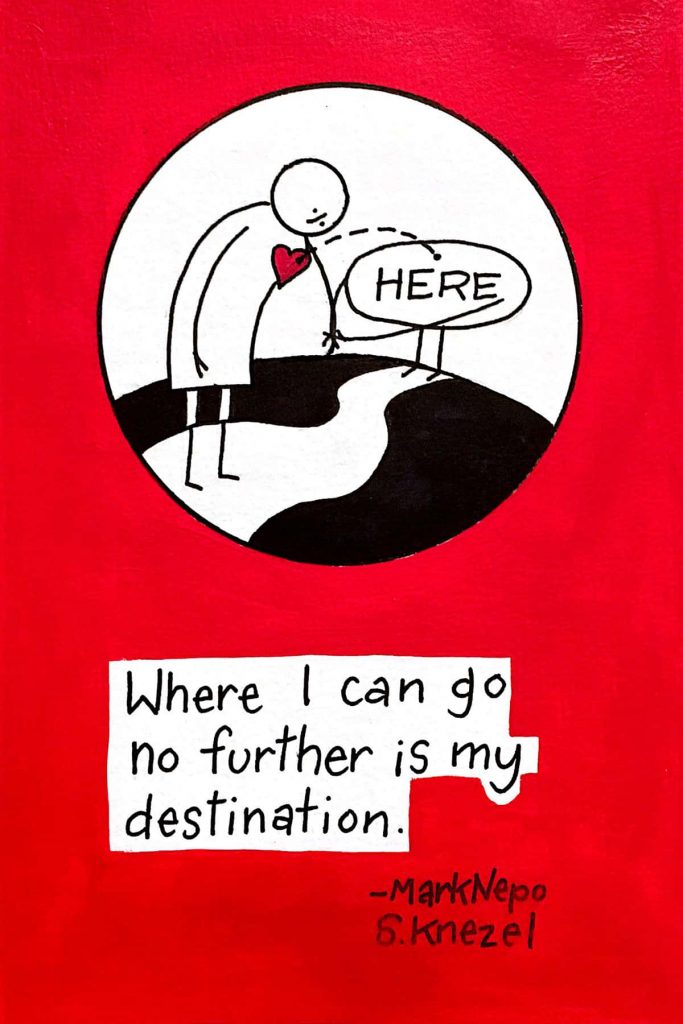
By Eli Sopow, Professor of Change Management and Organizational Behavior, University Canada West
Omicron has renewed people’s fear of COVID-19, while at the same time starkly surfacing our other embedded fear … the fear of change.
In looking at Google Trends, my research shows that at the end of 2021 people googled “fear of COVID” and “fear of change” at skyrocketing rates. This result projects an increasingly widespread Omicron-driven fear accompanied by an increasing and intertwined fear of change. As they inextricably entwine, fear of change and fear of COVID-19 are foreshadowing a year of intense “fight, flight and freeze.”
As a change management scholar, over the years a few simple clichés have sustained themselves. Generally, we hate change because it shakes up the status quo, predictability and our naive sense of control. Clinical psychologist Carla Maria Manly said, “Our brains are hardwired to prefer routine and consistency.”
The pandemic has shaken up many of our routines, feelings or normalcy and ability to maintain consistency. So as people continue Googling “fear of COVID” and “fear of change” at increasing rates, we need to think about their impacts and how we can get out of this fear cycle.
Trying to control change
For a long time, we have been told to embrace linear, mechanistic thinking that teaches what happened before will likely happen again, and so old solutions work best for new problems. Unfortunately, COVID-19 has turned that thinking on its head. We fear COVID-19 because of its befuddling failure to be controlled, the way its changed our lives and the risk of illness and death.
An article published in Frontiers in Psychiatry, “Fear of COVID-19 Infection Across Different Cohorts: A Scoping Review,” put it succinctly by stating studies identified “various domains of fear related to the fear of COVID-19 infection.” These included, “fear of oneself or their family members getting infected, fear of having economic losses and being unemployed, or fear of avoidance behaviors toward gaining knowledge about the pandemic,” as well as “fear of making decisions [about actions like] whether to visit parents or not, whether to look for information on death rates or not, etc.”
But perhaps it should not be so scary. If we think of COVID-19, we can flatten the fear with facts, and when it comes to change, consider how its been around for billions of years. Instead of trying to control change, we should take solace from organizational consultant William Bridges who looks at events in our lives more as psychological “transitions” than change, where we let go of how things were (endings), and enter a “neutral zone” of “creating new processes and learning” often feeling confusion and distress.
According to Bridges, beginnings involve new understandings, values and attitudes. He offered a process for accepting that yesterday’s solutions, cultures, structures and systems are no longer applicable — a means of letting go. The big question is whether we can let go of yesterday, experience deep reflection and start a new beginning.
2022 and the fear ahead
Fear is an excellent accelerator for those with specific agendas, for those with divisive intentions and for those fiercely protecting their own definition of status quo. In my doctoral work on public protests, I found an ocean of reviewed literature on how a state of fear can trigger anger, outrage, a demand for action, a disintegration of trust and even civility. Today, we are very afraid.
A public opinion poll in December 2021 showed that in over 28 countries surveyed, 32 per cent of respondents agreed that COVID was the “world’s number-one worry.” In a study of American Twitter data published in September 2021, researchers found that the public trusts the vaccine but are also experiencing a mixture of fear, sadness and anger.
Google Trends provides real-time data for comparing the search terms “fear of change” versus “fear of COVID.” For example, on January 12, 2022, at 2 p.m. PST, the average for all countries was equally 53 per cent for searches about fear of COVID-19 and fear of change.
What’s in store?
Forecasting is inherently tricky and as meteorologist Edward Lorenz said, change can be subject to sensitive dependence on initial conditions, meaning even a very small thing can set off a ripple effect of immense consequence.
In a nutshell, Lorenz cautions when it comes to thinking people can nail down a perfectly predictable future based on only what they know and ignoring what they do not and often cannot know. Short term projections can be okay, longer term not so much. And if people do not have certainty, they get very uncomfortable and fearful.
As science writer David Robson wrote in the BBC, “the fear of coronavirus is changing our psychology.” He said:
“Due to some deeply evolved responses to disease, fears of contagion lead us to become more conformist and tribalistic, and less accepting of eccentricity. Our moral judgements become harsher and our social attitudes more conservative when considering issues such as immigration or sexual freedom and equality. Daily reminders of disease may even sway our political affiliations.”
In other words, thanks to COVID-19, our fear of all manner of change becomes both magnified and deeply intractable. So, what to do in the twisted fate of 2022? In my book Corporate Personality Disorder: Surviving and Saving Sick Organizations, I argued that fear can be explained as an amalgam of powerlessness and the unknown — COVID-19 has led many of us to feel powerless.
Overcoming this fear, whether it be fear of change or fear of COVID-19 requires personal empowerment and knowledge. But the trick is defining whose power and what knowledge.
Originally published on The Conversation as Fear of COVID-19 and fear of change are dangerously intertwined for 2022
Support evidence-based journalism with a tax-deductible donation today, make a contribution to The Conversation.



